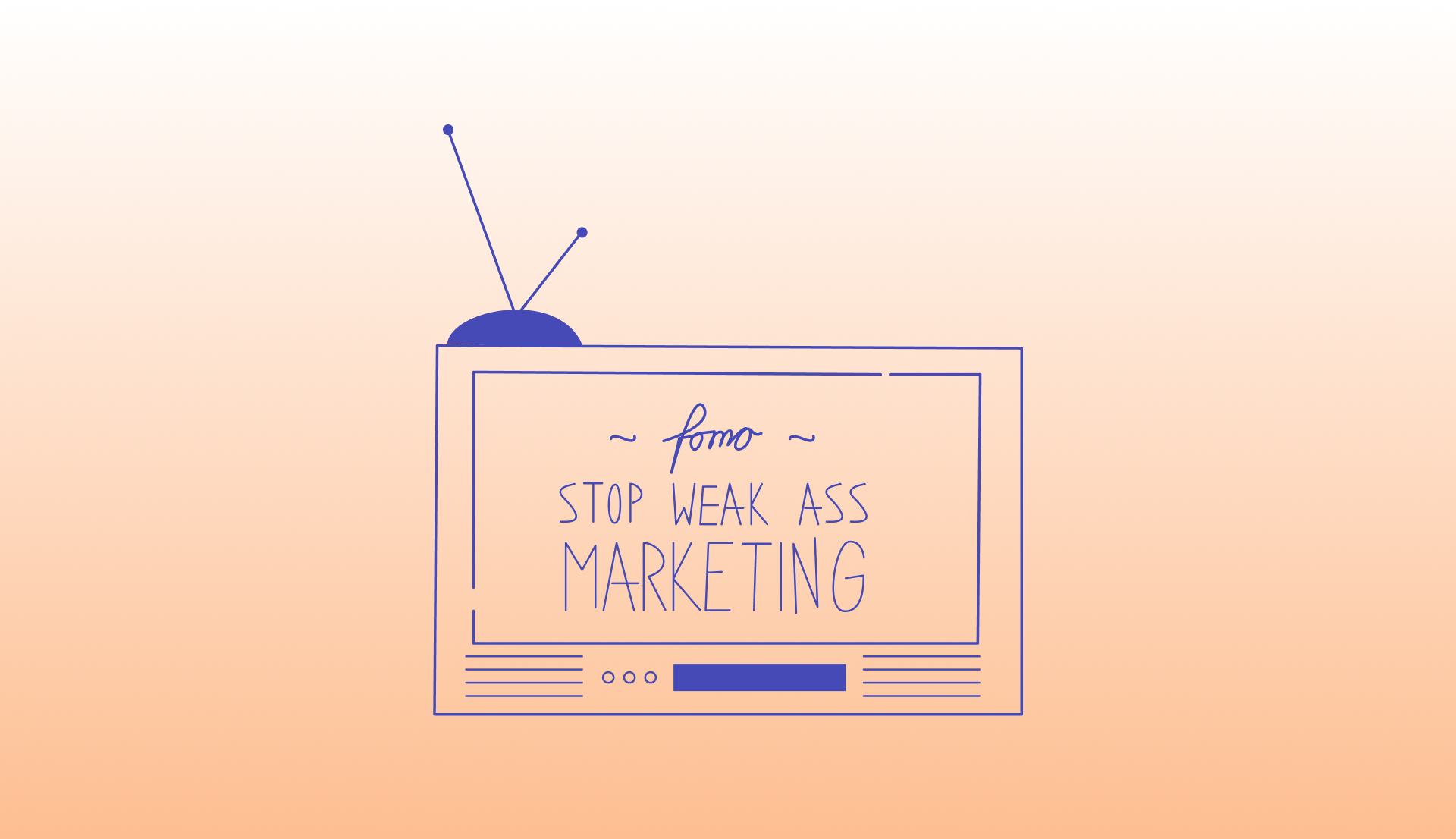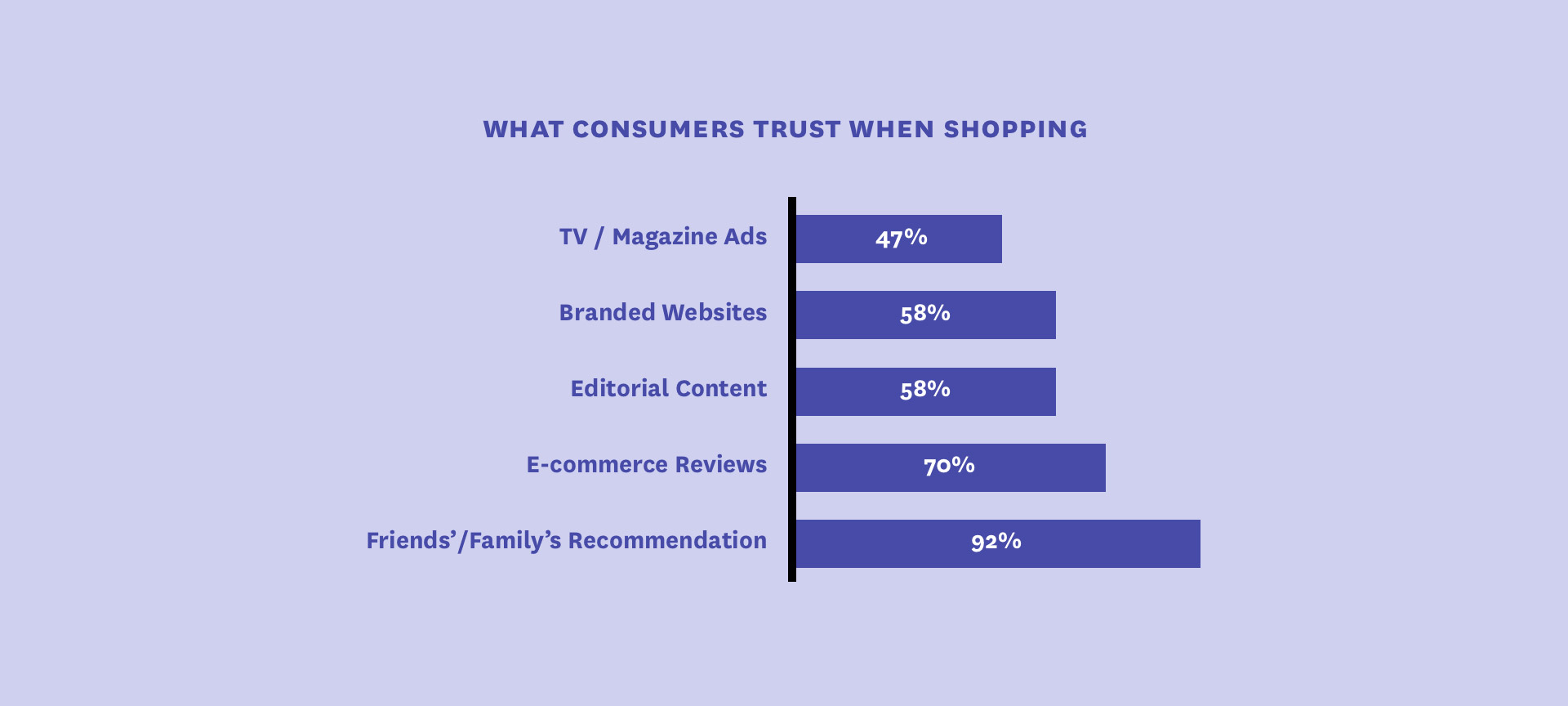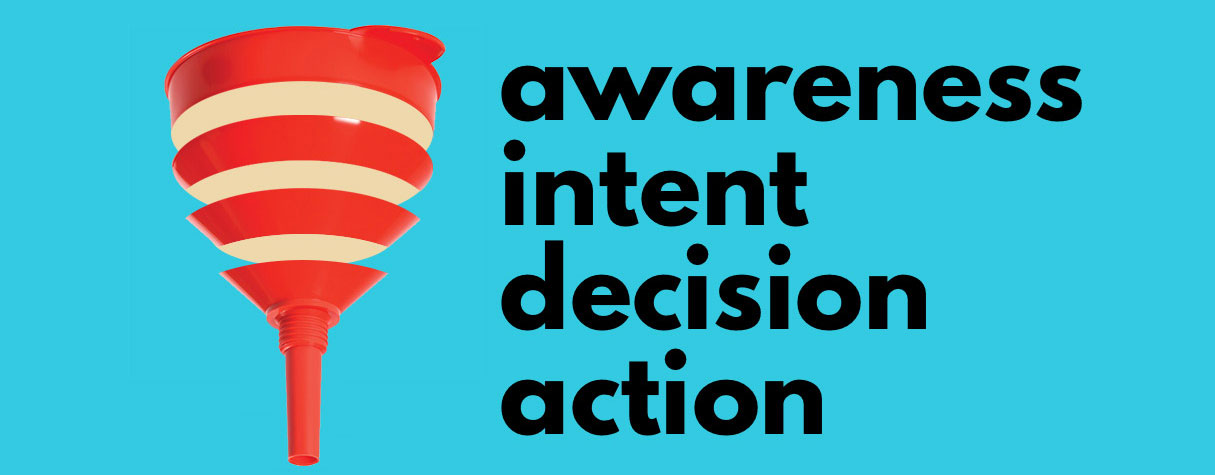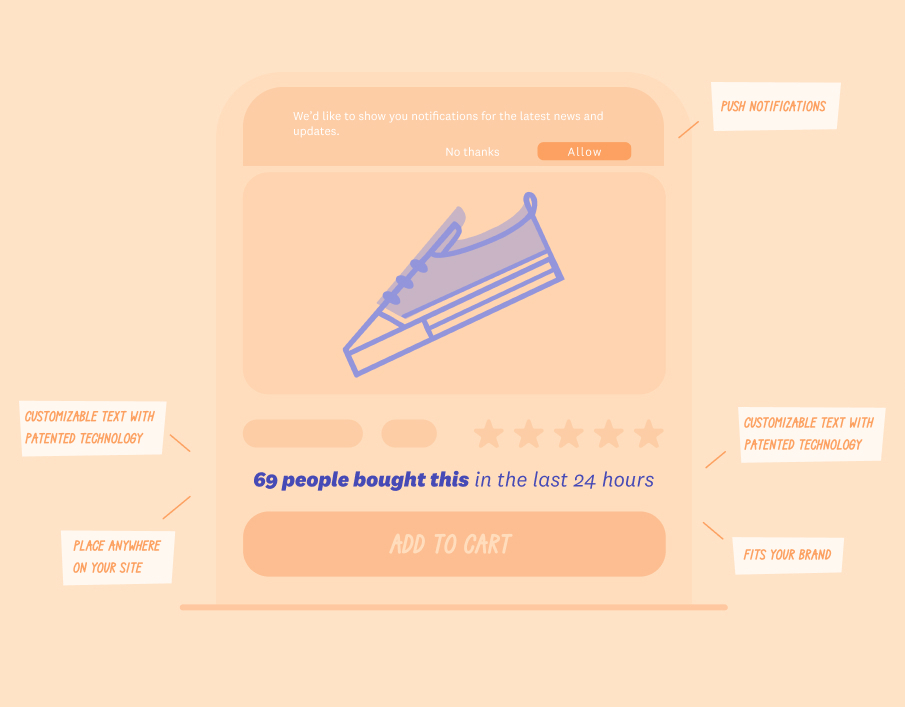Table Of Content

A value proposition defines why a customer should buy from you.
It’s tricky to craft. Many confuse it with a slogan or a unique selling point. Technically, it’s not those. It conveys what’s in it for consumers when they shop with your brand. It’s the underlying messaging across all touchpoints in e-commerce.
In this article, we’re talking about what makes an effective value proposition by sharing some of the best examples from e-commerce brands.
You’ll learn what’s the difference between a slogan, USP and a value proposition alongwith points you need to keep in mind while creating yours.
{{countdown}}
What is a value proposition?
A value proposition for your e-commerce store is a statement that differentiates you from the crowd and explains to your customers why they should buy your product.
But before you move on to write your e-commerce value proposition, here are some things you need to keep in mind:
1. Don’t make it complicated- Assume you’re sitting in a coffee shop with your friend and casually discussing your business. How would you explain them? You would keep it simple and casual without giving it days or weeks of thought. It needs to be that way, only a bit refined.
For example, you sell Consumer Packaged Goods (CPG) for an older generation resembling their childhood. So you might say something like, “Our food products are meant to bring your childhood memories back and enjoy the nostalgia”
2. Keep it short and Simple- The key here is to convey a lot in the tiniest talk. For example, if you’re selling handmade wooden toys. A value proposition can be, “Durable toys, your child’s friend, and nature’s too.”
3. What makes you different from your competitors- You might be selling the same products but there must be something that sets you apart. It can be your values, product ingredients, your community, or pricing differences.
For example, Minimalist a skincare brand, is all about transparency. So despite being from a crowded category, it has successfully set itself apart from others.
Is it the same as a USP, slogan, or mission statement?
Short answer—no! A unique selling proposition (USP) is more specific. It tells how your product is better than competitors. Whereas a slogan is a catchphrase and more concise. It’s a memorable phrase people associate your brand with. Just like Nike’s “Just Do It.”
On the other hand, a mission statement is more of a deep dive into your company’s purpose and values. It answers why a company exists. A value proposition isn’t the same. It’s the reason that convinces customers to click "Buy Now" instead of leaving your website.

10 e-commerce value proposition examples for your online store
Here’re 10 examples of e-commerce value propositions from the top e-commerce brands.
1. Bloom & Wild
Bloom & Wild is into online flower delivery. The brand says, “A season to savor. Our latest collection is here to help us slow down. Settle in. And appreciate the endless beauty that autumn brings.”What we like: Bloom and Wild nudges their buyer’s emotions. Those who adore the stillness and tranquility of autumn will relate to this and make purchases from the brand instead of any other flower delivery platform.
Instead of just mentioning the flower names or placing a carousel of images, and let audience get confused, they make an effort to make it simple and easy to understand. And just below the banner, you can see they’ve featured their customer reviews from Trustpilot, instilling trust among its audience.
Takeaway: If you’re selling something that frequently gets affected by seasons, respond to season changes with alterations in your messaging. Season often resonates with specific emotions. Let these emotions guide your customer’s next purchase.
2. The Souled Store
The Souled Store is into fashion e-commerce. The brand says, “The Coolest Casual Wear”
What we like: Fashion E-commerce is a crowded market competing against giants like Amazon and Myntra. The Souled Store launched as a casual wear brand, and we all associate casual wear with something that’s low effort. But it clearly declines this notion by mentioning that it's making casual wear as the coolest among others.
And it tells the brand has 6 million happy customers, making it clear it’s not a rookie and can offer as delightful a customer experience as big e-commerce brands.
Takeaway: E-commerce brands, especially in crowded markets, can differentiate by repositioning product perceptions.
The Souled Store shows that casting familiar products (like casual wear) in a new, aspirational light (the "coolest" casualwear) can attract customers, despite competition. Also, flaunt your customer satisfaction metrics to build trust and convey you deliver positive experiences comparable to category leaders, even as a younger brand.
3. Traya.health
Traya sells hair growth supplements online. The brand presses on knowing the root cause of your hair loss.
What we like: Traya addresses its customer’s pain through its value proposition. Their audience knows they have a hair loss condition. They keep hearing all sorts of causes but don’t know the actual reason. Traya hits it at the right spot, helping buyers pinpoint the exact cause of their problem. The brand sells its product as a solution depending on the type of hair loss.
Takeaway: Help your customers come out of confusion. Address their problems with your messaging. They will relate.
4. Casper
Casper holds love for sleep very close. It sells beds-in-a-box and more incredible ways to make sleep your superpower.
What we like: Casper says it’s a sleep company that dreams, and everything they do is for the love of sleep. The value proposition conveys the brand is super passionate about sleep and wants to provide it as a superpower for a better mood and creativity.
Just below that, they feature the top three reasons why you should purchase your next bedroom furniture from Casper.
They mention they were the first to put a bed in a box, which can be ordered online—which tells their audience that they’re first adopters of innovation. And it will be the same as they move ahead because the’re sole motive is to make sleep better for more people.
Takeaway: Forge deeper connections and stand out from the competition by clearly conveying their purpose and passion beyond just selling products. Share your motivations, values, and innovations to show customers why you genuinely care about improving their lives.
Highlight your "why" and commitment to keep creating better solutions to form emotional bonds and earn trust.
5. Kuru
Kuru is a footwear brand that takes pride in its innovative Kurusole. The brand believes fashion shouldn’t be with shoe bites and pain. The company is highly committed to providing its customers with superior support, style, and pain-free comfort.
What we like: How Kuru connects with its target market is remarkable. The brand understands that 77% of its potential customers suffer from foot pain. It’s tagline says, “Heel Better.” It means people don’t have to compromise on their style to heal. The brand delivers a fashionable way to heal instead of the conventional method of wearing orthopedic shoes.
Takeaway: Build deep connections with target customers by demonstrating you understand and alleviate their pain points. Avoid focusing solely on functional benefits - instead, show you are eliminating the difficult trade-offs customers currently accept as status quo.
When you resonate with audiences on an emotional level and convey they no longer have to compromise thanks to your solution, it creates strong affinity and preference for your brand.
6. Chewy
Chewy sells is an ideal destination for your pet products. Being a pet parent is a responsibility and an absolute treat. But along with such a joy is a responsibility to care for your fur babies with good quality products. And Chewy solves the same for you by helping you autoship the products.
What we like: Chewy understands high-quality pet care products are expensive. The bills can add up easily for products that are your pet's daily needs. And to cater that Chewy provides 35% off on the first autoship order.
Customers see this as a value and a point of differentiation from others. The brand says, “Loved by pets and Trusted by parents” to establish trust among the fur parents.
People take their fur babies' food and care products close to their hearts. Chewy does a great job of earning that trust.
Takeaway: Connect with customers' emotional motivations and economic pain points. Craft targeted solutions through creative discounts or incentives. Your value proposition should add trust and satisfaction, encouraging customers to go beyond one-time sales.
7. Bean Box
Bean Box is a heaven for coffee lovers. It sees coffee as an investment rather than an expense. With this investment, the brand promises gains in the freshness of people’s mornings. The brand says, “Better Mornings, Delivered Fresh.”
What we like: Coffee is like a ritual for fresh mornings. The brand connects with the feeling of freshness its customers feel after taking the first sip in the morning, in its headline, “BETTER MORNINGS, DELIVERED FRESH.” It also says”Subscribe” instead of “Buy,” conveying consumers that they’re signing up for an experience rather than a product.
Takeaway: If you’re a a D2C brand selling fast-moving products—your value proposition should connect with your audience’s emotions. Concentrate on how they would feel after consuming your product and use that experience to ideate your value proposition canvas.
8. Harry’s
Harry’s sells men's grooming products online. The brand welcomes customers with the message, “Smooth Savings Ahead.” Then, it explains how customers can save more if they subscribe and get repeat deliveries.
What we like: We like the simplicity here. The brand has put up its value proposition in such a simple yet effective way. The brand clearly says customers can purchase premium grooming products at discounted prices.
Takeaway: You don’t always have to be super creative to frame your value proposition. Remember, a value proposition is the value you want to offer customers. Keeping things simple works like a charm, as customers can quickly connect to it.
9. Everlane
Everlane sells men's and women's clothing online that certainly knows how to stand out in such a crowded market.
What we like: Buying clothes is emotional. For many, they’re not just clothes, it’s the feel and memories they have had with them. Think of your outfit you wore on your high-school prom night. How would you feel if it’s torn?
You probably don’t want to feel it in the first place. Everlane doesn’t want you to feel that relentless loss as well, with its clothing range designed to last. It echoes the value in the following line while emphasizing quality and lower environmental—connecting its customers with a cause.
Takeaway: Create a concise value proposition. Tell customers quickly what you do, how you can benefit them, and why they should choose you, among many others.
10. Hims
Hims sells men’s health products online. It displays the common health issues men experience. Most men even shy away from expressing them. Having these right on the homepage provides a safe space for them to connect and express. The brand urges the customers to express and promises to help.
What we like: The brand subtly establishes a connection with its customers by saying, “Feel great through the power of better health.” Their potential customers feel the brand understands what’s troubling them. Moreover, it promises to personalize the treatment, encouraging their customers to express intricate details need for the best treatment.
Hims is establishing its value proposition on solving customers’ pain and providing a better way through personalization.
Takeaway: If you’re solving a problem, someone else on the market is likely solving the same. Your value proposition shouldn’t just be focused on problem-solving. You must convey why you’re different from others and why a customer should choose you. Hims is doing this through personalization.
6 types of value propositions in e-commerce businesses
There are numerous value proposition types. As an E-commerce brand, you can base your value proposition on the following points.
1. Solves a pain point
Customers look for solutions online. If your product answers their problems, convey it clearly in your value proposition.
Imagine a target customer searching for stylish and comfortable shoes. “Fashion meets comfort, walk with style” as a value proposition can resonate. The takeaway is clear. Customers feel you understand their problem and connect. Kuru Footwear's example above emphasizes on this value proposition type.
2. Provides a superior way
It’s a compelling value proposition. It communicates that while other solutions exist, you stand out as better and superior. Suppose you’re selling reusable straws. Saying something like, “Enjoy your drinks guilt-free. A stylish, eco-friendly alternative to plastic.” would help.
Look how Rusabl is conveying its value proposition. The brand isn’t just selling metal straws. They’re selling a better way to sip drinks while making the planet happier.
3. Offers competitive pricing
Price can be a strong value proposition in competitive markets. Getting a good deal is on consumers' minds; you can leverage it to your advantage.
Ensure your value proposition conveys that customers don’t need to break the bank to purchase. Say something like, “Top-tier tech at wallet-friendly prices” if you’re selling tech gadgets.
It appeals to budget-friendly customers who love a bargain. Explore NewEgg’s value proposition based on competitive pricing. It value proposition focuses on prices and upgrading tech at a discounted costs.
Strike a balance between offering competitive pricing and labeling products as cheap. People don’t like the world to perceive their things as cheap.
4. Offers more than generic
Differentiation can be a potent value proposition. Consider coffee. It’s a saturated market if you’re trying to sell. You can add a touch of emotions by saying, “Handpicked coffee bean from Grandma’s farms.” It nudges different emotions in different people.
Coffee lovers could be more fussy about their beverages. They like their coffee to be as unique as they are. When you appeal to their emotions, it helps you stand out from the crowd. It offers them something special. Something more than generic.
Explore how Beauty Pie coveys its value proposition to shoppers. They get products from the lab without any middlemen. Quality matters a lot in cosmetics. The brand does a great job of conveying that it ensures quality. Identify what makes you unique. Be it your product, sourcing method, or customer service, highlight it. It elevates your brand in a sea of choices.
5. Highlights remarkable benefits
Although common, some benefits can make a compelling value proposition. For example. fast shipping and a simple return policy. Many buyers expect these perks. Conveying them in your value proposition builds confidence and trust.
If you offer 24-hour shipping, say. “Shop today, enjoy tomorrow. Shipping faster than ever.” It spotlights speed and convenience. Or, if you have a reward program, create a value proposition as “Earn with every purchase. It’s our way of saying thanks!” It subtly appreciates customers for their loyalty.
Check out Zepto and see how they’re conveying their instant commerce isn’t much different from magic. It presses on delivering stuff in the blink of an eye, implying super fast delivery.
Towards crafting a good value proposition
It isn’t about being the cheapest or the fastest. It’s more about delivering the real value that resonates and makes you unique for customers. Revisit your value proposition regularly and keep it aligned with your offer.
You may not get it right on the first try. Fail forward. Adjust and make optimizations in your value proposition until it reflects on your “add to cart” and “buy now” events. Make e-commerce success easy peasy.
And if you liked this, you should consider subscribing to our newsletter. We share expert advice and insight to unlock high-velocity growth in e-commerce.
{{email-block}}
Frequently Asked Questions (FAQs)
1. What are the three elements of a killer value proposition?
The three core elements of a value proposition are relevance, value, and differentiation.
2. What is a product value proposition?
A product value proposition conveys how a product solves a specific problem, its specific benefits, and what makes it unique.
3. What is the value proposition of B2B e-commerce?
The value proposition of B2B e-commerce is streamlining business purchasing processes. It offers companies easy access to products, bulk order options, and tailored pricing.





 1.svg)
 1.svg)


